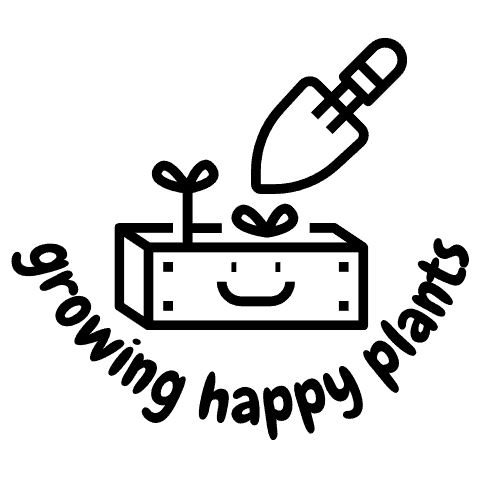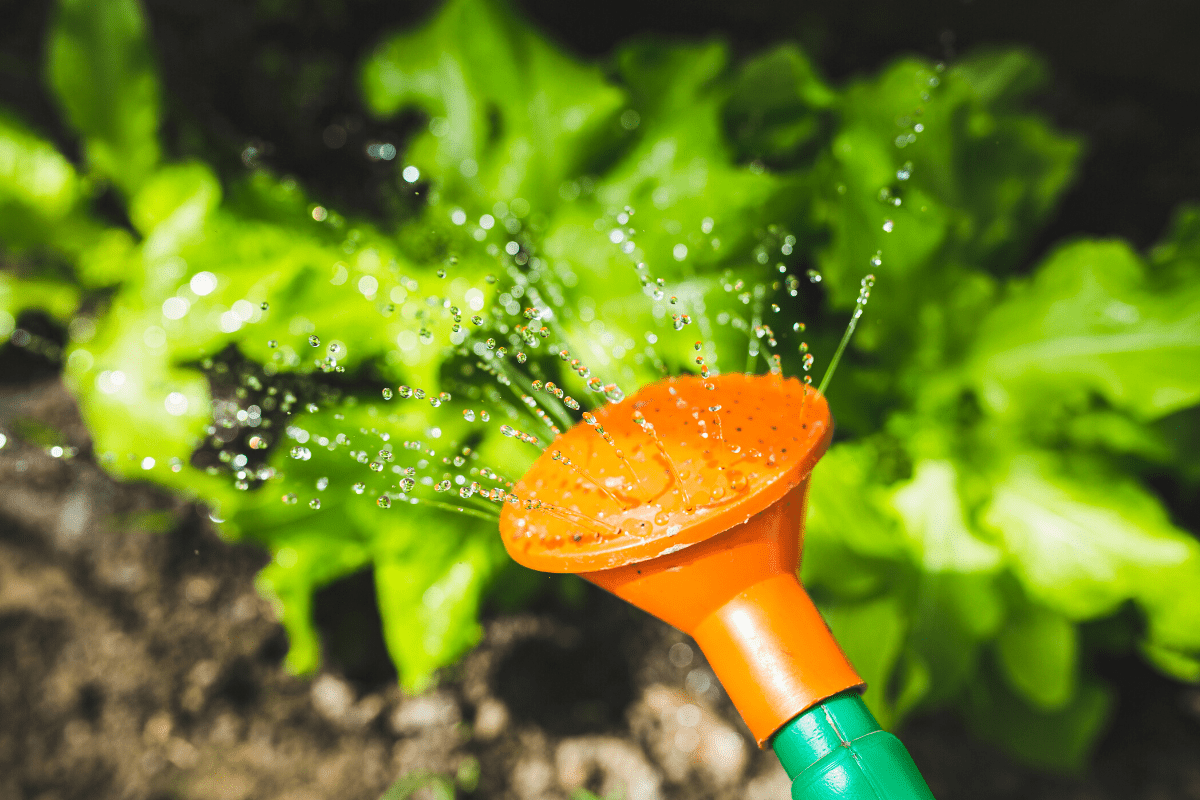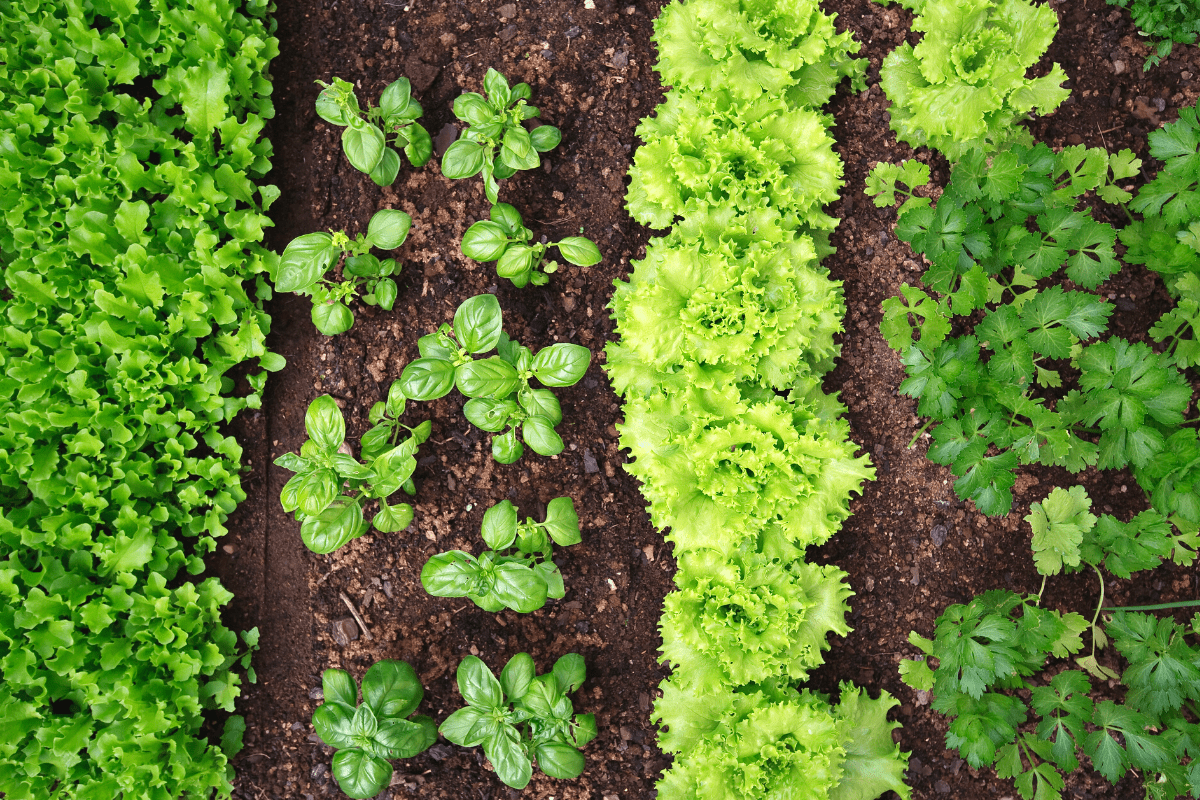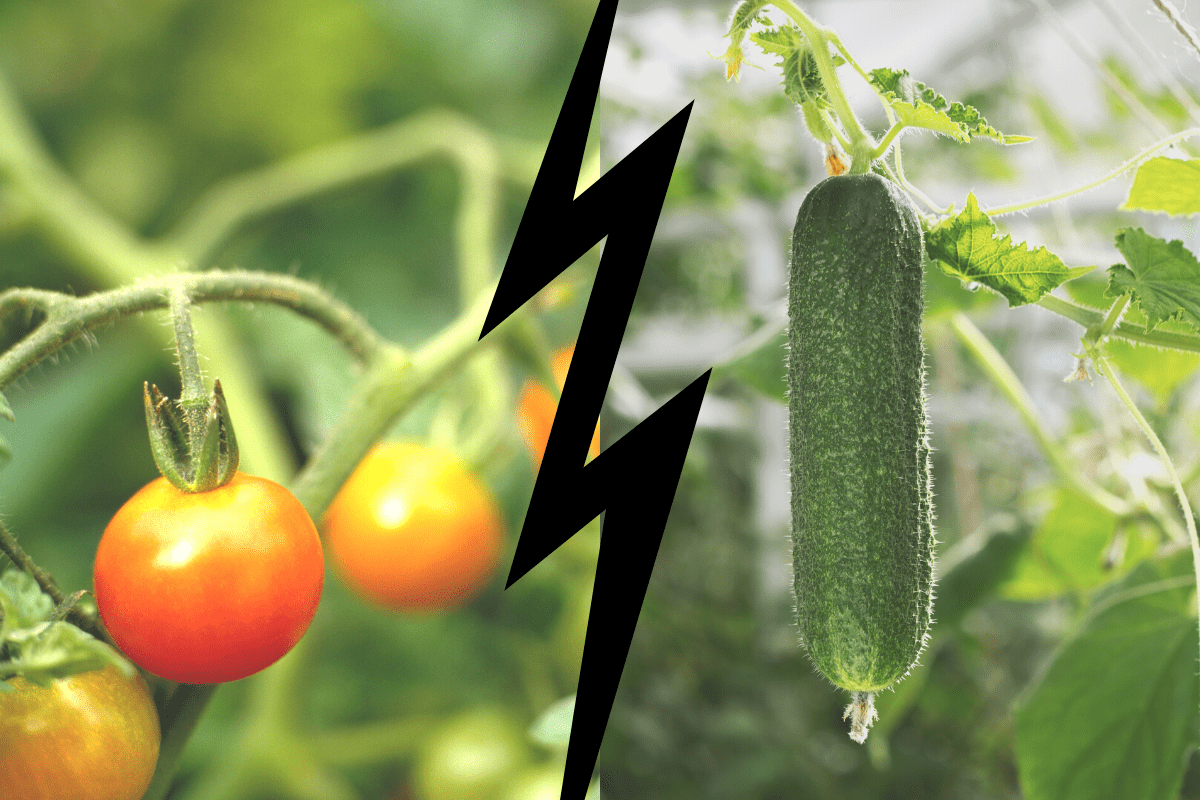To have a successful vegetable garden, you need sun. All vegetables need sunlight to grow. However, depending on the plants, a vegetable garden needs more or fewer hours of sun per day.
On average, a vegetable garden needs 6 hours of direct sunlight per day. However, depending on the vegetables, the amount of sun required may vary between 4 and 8 hours. Some plants require full sunlight, some partial sunlight with some shade, and some require a combination of both.

How much sun does a vegetable garden need each day?
When looking at sunlight requirements, vegetables can be grouped in three different types
– 8 hours for Fruiting Vegetables
Tomatoes, peppers, pumpkins, cucumbers, string beans, eggplant, okra, and other fruiting vegetables require about 8 hours of full, direct sunlight per day.
– 6 hours for Root Vegetables
Root vegetables like Beetroots, parsnips, celeriac, turnips, carrots, potatoes, and radish need 6 hours of direct sunlight per day.
– 4 hours for Green/Leafy Vegetables
Lettuce, chard, spinach, collards, broccoli, and brussels sprouts are examples of green and leafy vegetables which only require 4 hours of direct sunlight per day.
Sunlight chart for vegetables in your garden:
| 8 hours per day | 6 hours per day | 4 hours per day |
| Tomatoes Peppers Pumpkins Cucumbers String beans Eggplant Okra | Beetroots Parsnips Celeriac Turnips Carrots Potatoes Radish | Collards Broccoli Brussels sprouts Chard Lettuce Spinach other salad and greens |
Is morning or afternoon sun better for vegetables?
First of all, we have to understand the difference between the two:
The morning sun is less intense, and the light is more filtered than the afternoon sun, which is more intense and hotter. So, several hours of afternoon sun are more intense and create more heat than the same number of hours during morning sun.
For most vegetables, the less intense morning sun is preferable. Plants that require only partial sun grow well in the less intense, somewhat filtered light. However, the strong and less filtered afternoon and evening sun is best if you have vegetables that need full sun.
For example, if you know you can only offer a full-sun-requiring plant six hours of sun exposure per day, plant it in a spot where it gets most of its sunlight in the afternoon.
Or, if your vegetable garden has a lot of green and leafy veggies, morning would be the best time of the day for your garden to receive its daily dose of sun.
What direction should my vegetable garden face?
In the Northern Hemisphere, a vegetable garden should face southward to receive the most significant, possible amount of sunlight as the sun passes throughout the day. It is the other way around in the Southern Hemisphere, and the best direction for a vegetable garden is facing northward.
The rows in a vegetable garden should run north to south. That way, the plants will receive an optimum amount of sunlight. Additionally, it is crucial to allow the right amount of space between the individual plants, depending on the type of vegetable. Also, consider taller plants which might cast shadows over smaller plants when you plan your garden layout, especially if your garden has a slight slope.

Can a vegetable garden get too much sun?
It’s hardly possible for a vegetable garden to get too much sun. Plants have a defense mechanism to protect themselves against excess sunlight. Through a chemical reaction in their leaves, they disperse away any potentially harmful extra energy from the sun in the form of heat.
The sunlight hours per day recommendations above are minimums. An increased amount of sunlight will usually bring an increase in the yield and quality of your vegetables. However, be aware that your vegetables also need more water with an increased amount of sun.
If you live in a place with excessive heat in summer, mulching your vegetable garden beds can be very helpful to protect plants from overheating. It will keep your soil temperature down and slow evaporation.
What vegetables don’t need full sun?
Not all veggies need full sun to grow. In fact, some vegetables will easily grow in shade. Green, leafy vegetables are most tolerant to shade. Keeping them a bit shaded as the season heats up will even help them last longer. Meanwhile, root vegetables will grow best in partially shaded areas.
Vegetables That Don’t Need Full Sunlight but grow well in partial shade
- arugula
- beets
- broccoli
- Brussels sprouts
- cabbage
- carrots
- cauliflower
- celeriac
- chard
- collards
- Chinese cabbage
- corn salad
- garlic
- kale
- kohlrabi
- leaf lettuce
- leeks
- mustard
- parsnips
- peas
- potatoes
- radishes
- sorrel
- spinach
- turnips

Are you about to start your very own vegetable garden soon? Here is a complete and easy-to-follow step-by-step guide to a successful vegetable garden in your backyard. Check it out!
Related questions
Will tomatoes grow in 4 hours of sun?
Tomatoes are a fruiting vegetable that requires maximum sun of 6 to 8 hours a day. However, they can still grow in 4 hours of sun but might yield much less fruit. If you don’t have enough sun, choose more petite patio tomatoes or even cherry tomatoes which can do well in 4 hours of sun per day.
The bigger the tomato, the more sunlight per day is required. So, if sunshine is an issue, go for smaller varieties.
Can cucumbers get too much sun?
It is possible for cucumber plants to get too much sun. Excessive heat can cause wilting, leaf drop, sunburned leaves, plant collapse, and reduce the yield of the plants. To protect cucumbers from extreme heat, you can apply mulch to cool the soil or even provide shade from direct sunlight.
If you suspect your cucumber leaves drying up due to excessive heat, check out this article.
Do zucchini need full sun?
Like other fruiting vegetables, zucchini plants need full sun. Without a minimum of 6 to 8 hours of sun per day, they might end up as long, lanky plants with pale green foliage and reduced yields. So, make sure to select a full-sun site when planting your zucchinis.
What vegetables grow in full shade?
No vegetables will grow well in full shade. However, some vegetables don’t require much sunlight per day to survive. Green and leafy plants like lettuce, chard, spinach, and collards can grow well in shady areas, although their yield will be less than if they got a few hours of sun per day.







